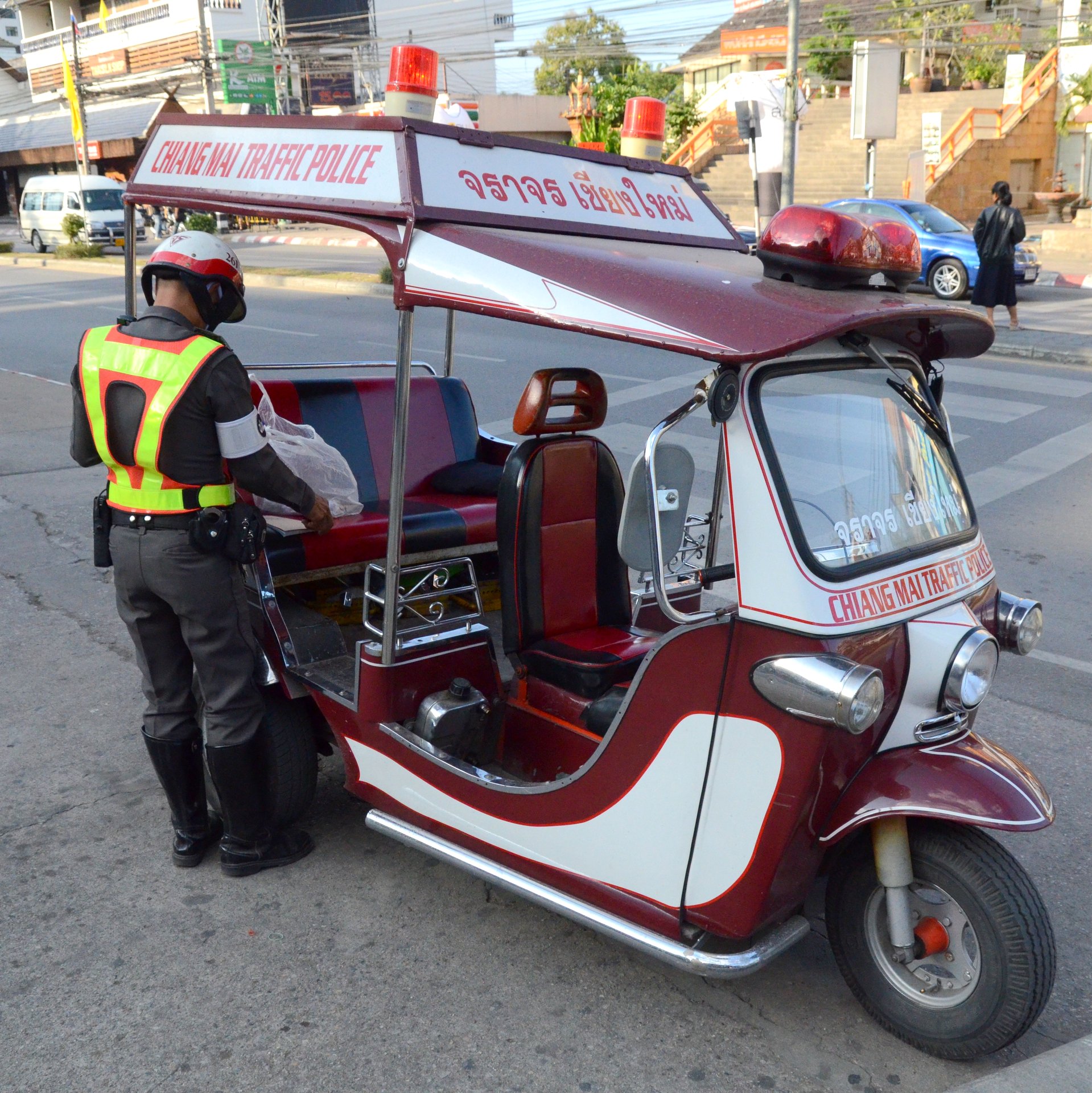As a history teacher, I really should have known better than to base any expectations of visiting Southeast Asian temples on the Indiana Jones movies. For starters, I'm enough of a nerd to know that no Indiana Jones movies were set in Cambodia and Thailand, nor were they filmed there. And even if they had been, Hollywood is infamous for getting just about nothing right.
Justin's been to the Louvre, and I have not, and he says that the first thing that everyone always thinks when they see the Mona Lisa is that they can't believe how small it is. I don't think any of these people consciously sat around expecting the Mona Lisa to be a particular size; it's just that somewhere, unconsciously, we built an expectation of it. Similarly, I didn't take deliberate notes on movies to decide what I thought exploring around Thailand and Cambodia would be like, but I do think I formed some subliminal expectations in which movies played a role. So here are some of my expectations which were or were not validated by our travels.
1) Expectation: Creepy, dark, and underground. INVALID.
You know that scene, when the hero or heroine picks up a torch and heads into the dark building. He or she descends some stairs into mysterious blackness, waving a torch back and forth to illuminate carvings on walls, or holding it high to read ancient inscriptions. Part of what makes these places so creepy and atmospheric is the dark jungle, right?
Except not. Note how this gate in a Cambodian temple opens up into.... a SINISTER SUNLIT COURTYARD.
 |
| Must be a trap. |
When you stop to think about it, the whole pitch-black-interior thing is very 20th century. Before electricity, you lit a room with daylight. Period. And if you didn't, and you used candles or torches instead, then you still needed some kind of ventilation to the outside unless you wanted to smother all of your worshippers - at least, the ones who aren't already dead because the weight of the temple caused it to collapse into your tunnels (see
Cambodian Temple Architecture for Dummies for review on this topic). There is a reason that the dug-out underground facilities tend to be for dead people.
Wat U Mong is a forest wat (temple) in Chiang Mai, and it's famous for the fact that it's basically the only one with underground tunnels. Lo and behold, it is dark inside. Not as dark as it looks in pictures (the human eye is really amazing) but dark.
 |
| And yet a totally uncreepy entrance. |
 |
| Naturally lit tunnels |
 |
| Wat Umong Buddha lit with electric lights, skylight, and camera flash. In the 1400s they could only afford to do this on special occasions. |
2) Expectation: A walk in the park. INVALID.
I expected that there would be walking. I can do that. And I knew I'd have to go up a bit. But I did not ever wrap my head around the sheer physical toll of schlepping up multiple sets of multi-story staircases which only occasionally had the benefit of a handrail. Sometimes the steps were so narrow that your feet didn't even fit going forwards and you had to climb sideways, like a crab.
 |
| Stairs. Why did it have to be stairs? |
Did I mention it was over 100 degrees Fahrenheit?
 |
| I hate stairs, Jock! I HATE 'EM! |
You can see Cambodia much more cheaply than we did - without the hired guide
and van - but I wouldn't recommend it. If we hadn't had air
conditioning to pop back into at the end of each temple, and the giant
cooler full of water and ice packs, I don't know what we would have
done. Certainly we would have had to visit fewer spots - which is what
we did in Thailand, when we simply decided to pick a few representative
temples and call it a trip.
 |
| Survival tactics |
3) There will be monkeys, and they will probably be evil. VALID.
 |
| Don't eat the dates! |
4) Your best friend is your hat. VALID.
 |
| FABULOUS. |
|
|
|
|
The sun in the tropics is brutal, especially with our skin tones. We both wear SPF 50 and top up every few hours and still get a touch of burn. I'm so pale that Justin has to use camera filters to photograph me in direct sunlight.
 |
| It's a defense against predators. |
We bought our hats in the market in Cambodia. This may be a good time to point out that Justin is a great guy but the world's worst haggler. This is, I swear to you, a verbatim conversation about buying Justin's hat.
Vendor: You want a hat? This one is $8.
(Justin reaches for wallet)
Me: That's a bit much.
Vendor: $7?
Justin: No, $8 is fine.
Justin is not allowed to speak in marketplaces anymore.
My hat, which also started out at $8, eventually cost me $3. It tragically died due to smashing in my suitcase.
 |
| Also I fought a lion for it. |
Fortunately, these hats are pretty generic, so I was able to replace it in Thailand with 99% the same hat, just without the beads around the brim. I've saved the beads in tribute to a great friend.
 |
| NO HAT LEFT BEHIND. |
5) Your greatest enemy is not sun, or stairs, or sword. It is stomach. VALID.
A behind-the-scenes story tells that in
Raiders of the Lost Ark, filmmakers had to convert a complex choreographed whip-and-sword
duel between Indy and a local into the iconic scene where Indy
just shoots the guy because Harrison Ford had diarrhea
and couldn't film a longer sequence. Now that, we can relate to. And I don't think you need any more details than that.


























































